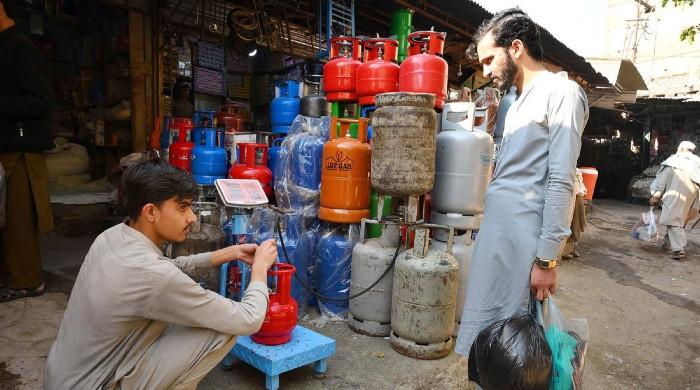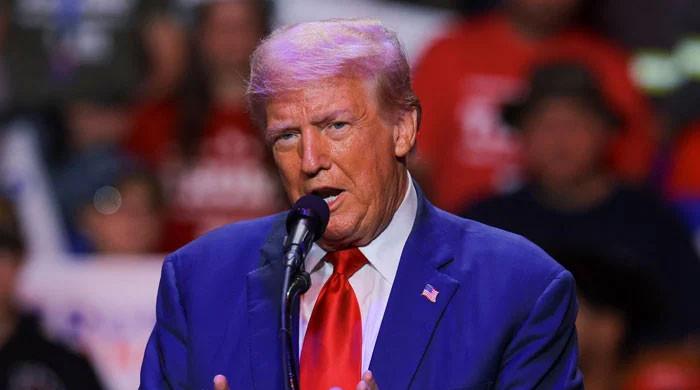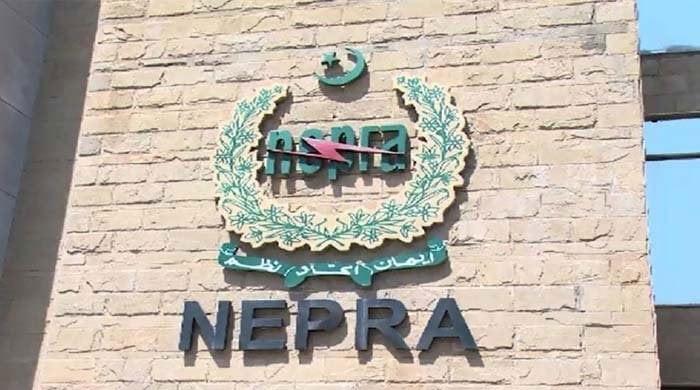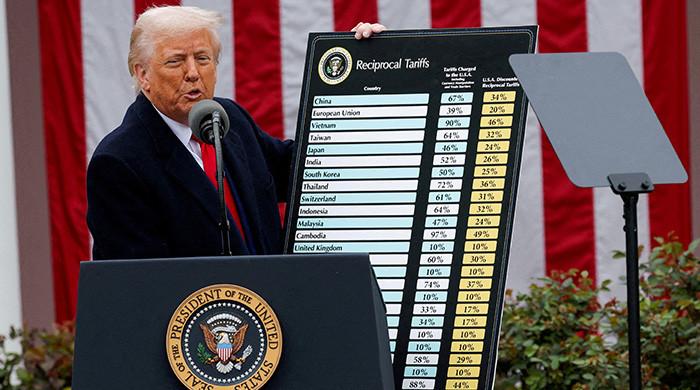ADB says Pakistan enjoys growth despite trade contraction
Pakistan recorded a decade high growth of 5.3 percent during the last fiscal year of 2016/17.
September 09, 2017
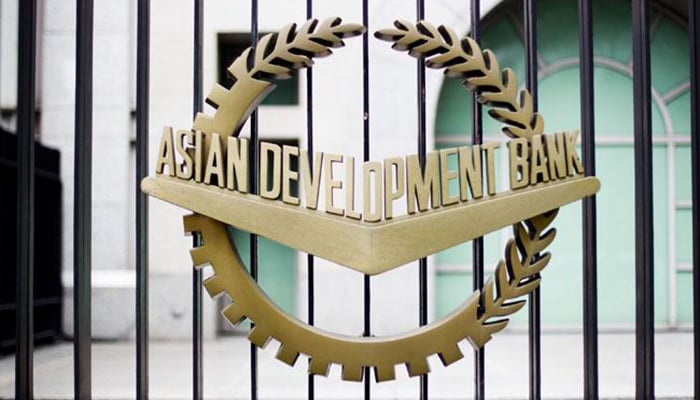
KARACHI: Pakistan has experienced economic growth despite a contraction in external trade, pointing to the movement towards the localisation of supply to serve domestic demand, Asian Development Bank (ADB) said on Friday.
The country, which is one of the most populous economies in the region, recorded a decade high growth of 5.3 percent during the last fiscal year of 2016/17.
The Manila-based lender, in a report, said the share of exports of goods and services in GDP has been decreasing during the last six years, while the share of imports has been increasing during the period.
The country’s household consumption is growing year on year. It soared 6.9 percent during the last year, ADB said in its 48th edition of ‘Key Indicators for Asia and the Pacific 2017’ report. The share of household consumption expenditure to GDP ratio stands at 80 percent.
ADB’s statistical review provides data on a comprehensive set of economic, financial, social, environmental, and sustainable development goal indicators for its 48 regional members. The Bank said private sector offtake is on the upward trend.
Banking credit to the private sector is, however, one of the lowest in the region as it accounts for half of GDP as compared to more than 100 percent in Fiji, Vietnam, China, Australia and Japan, its data revealed.
Nonperforming bank loans to GDP ratio is one of the highest at 10 percent, only less than Afghanistan and Maldives. The Asian Development Bank said Pakistan is one of the region’s four largest recipients of official development assistance and other official flows to the agriculture sector, amounting to $291.7 million in 2015.
Alone South Asia’s agriculture sector received nearly $1.5 billion in dole-outs during 2015. Agriculture sector’s value addition to GDP ratio stood at 24.6 percent in 2016 in the country where acreage covers half of its land.
Forest area covers a minuscule 1.9 percent of the total land area, which is one of the lowest in the region. The country has been annually receiving an average $744 million as financial and technical assistance between 2008 and 2015.
The share of gross capital formation in GDP declined during the past six years. Non-infrastructure investment accounted for 63 percent of the gross fixed capital formation. Meanwhile, President Takehiko Nakao at ADB said the bank would continue to lend financial and technical support to Pakistan to improve infrastructure and regional connectivity.
“There is an immense potential for regional connectivity projects in the CAREC (Central Asia Regional Economic Cooperation) region,” Nakao said in a statement on Friday. He met with Finance Minister Ishaq Dar in Urumqi, China.
The Bank further said external debt to gross national income ratio is one of the lowest in the region, standing below 50 percent. It said stock markets in Fiji, New Zealand, and Pakistan were the region’s top performers in 2016.
“In Pakistan, an improved growth outlook—supported by better security, macroeconomic stability, and strengthened economic fundamentals—was reflected in a sovereign rating upgrade from Standard & Poor’s and significant gains in share prices of 13.2 percent on an annual basis,” it added. ADB said more than half of urban population in Pakistan lives in slums, informal settlements or inadequate housing.
The proportion, however, slid 3.2 percent during the four years for which data is available, it added. Urban population living in slums in the country dropped to 45.5 percent in 2014 from 48.7 percent in 2000. India brought this proportion down to 24 percent from 41.5 percent during the period.
Originally published in The News





